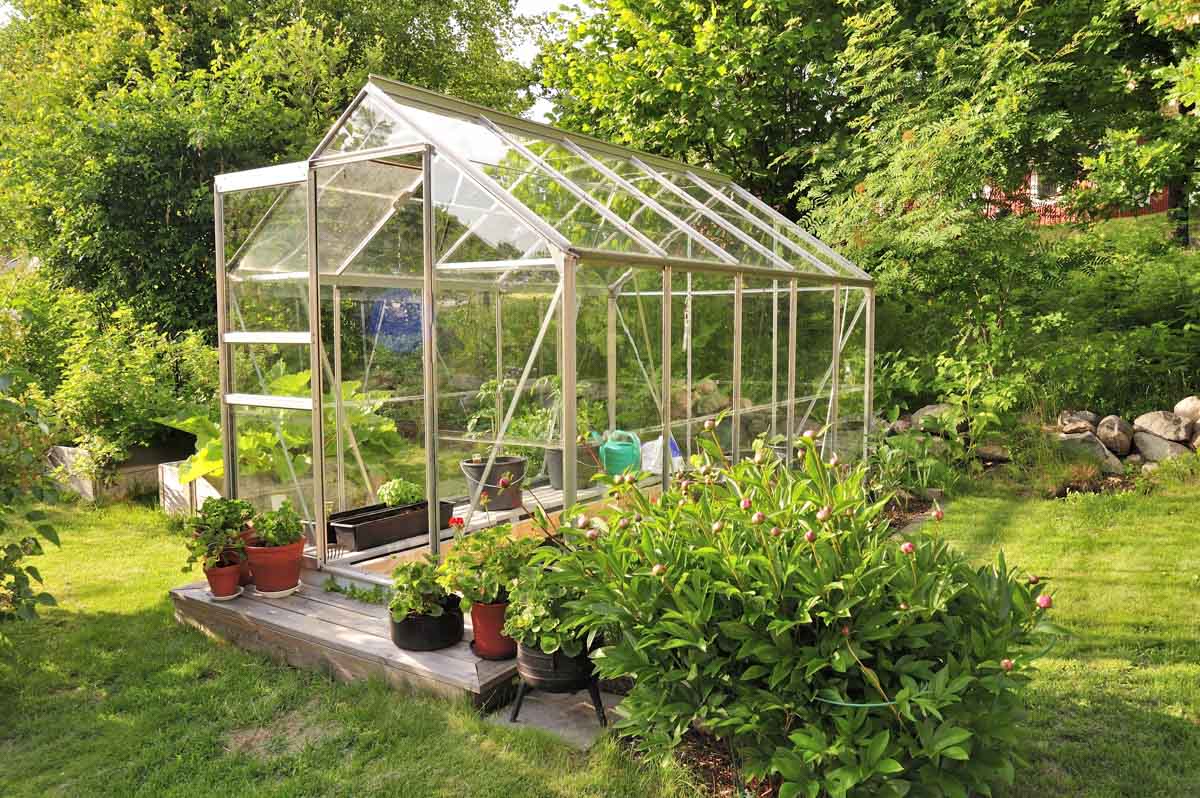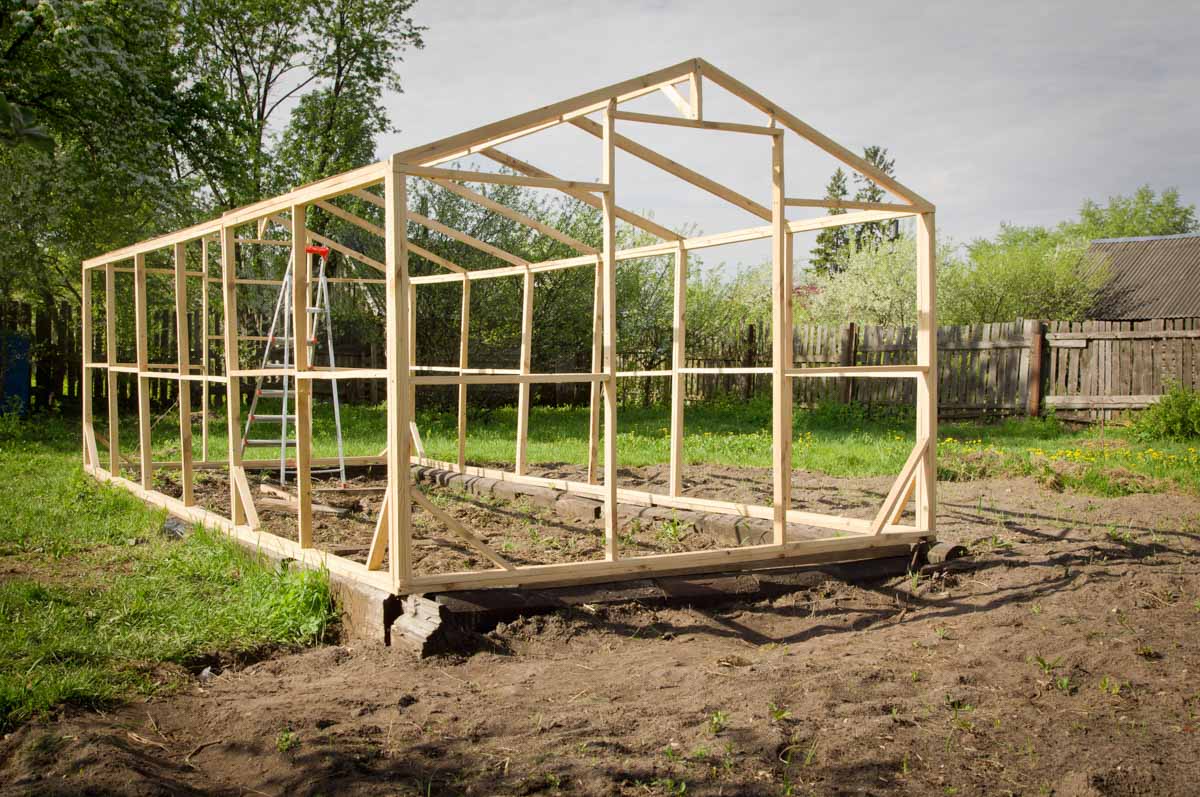Not sure how to choose the best greenhouse flooring? Read this practical guide.
If you’re planning to build a greenhouse, then one of the most important decisions you’ll have to make is what type of flooring to use.
There are many different materials that can be used for greenhouse flooring, and each has its own advantages and disadvantages.
In this guide, we’ll take a look at the most popular options and discuss the pros and cons of each.
Why Do You Need a Greenhouse Floor?
Depending on what you used for your greenhouse foundation, it may be that the material you used for your foundation can also double up as the floor. If not, there are many reasons that you should install a greenhouse floor.
One of the most important reasons to install a floor in your greenhouse is to provide a surface that is durable and easy to clean.
A good greenhouse floor will protect it from moisture and pests, and it will make it easier to keep the interior clean. In addition, a floor can add insulation, which can help keep your greenhouse warm in the winter.
Types of Greenhouse Floor
Mulch

Mulch is one of the oldest and simplest types of greenhouse flooring. It’s made up of organic material, such as straw, leaves, or wood chips, that is spread on the ground to provide a surface for plants to grow.
Mulch is cheap and easy to install, but it can be difficult to clean and it doesn’t provide much insulation.
Concrete
Concrete is a popular choice for greenhouse flooring because it is durable and easy to clean.
It can be customized to fit any size or shape of greenhouse. However, concrete is difficult to install after the initial build of your greenhouse and can be difficult to repair if it is damaged.
Another drawback of concrete is the lack of insulation it provides for greenhouses – concrete floors tend to make greenhouses hotter in the summer and colder in the winter.
Paving Stones
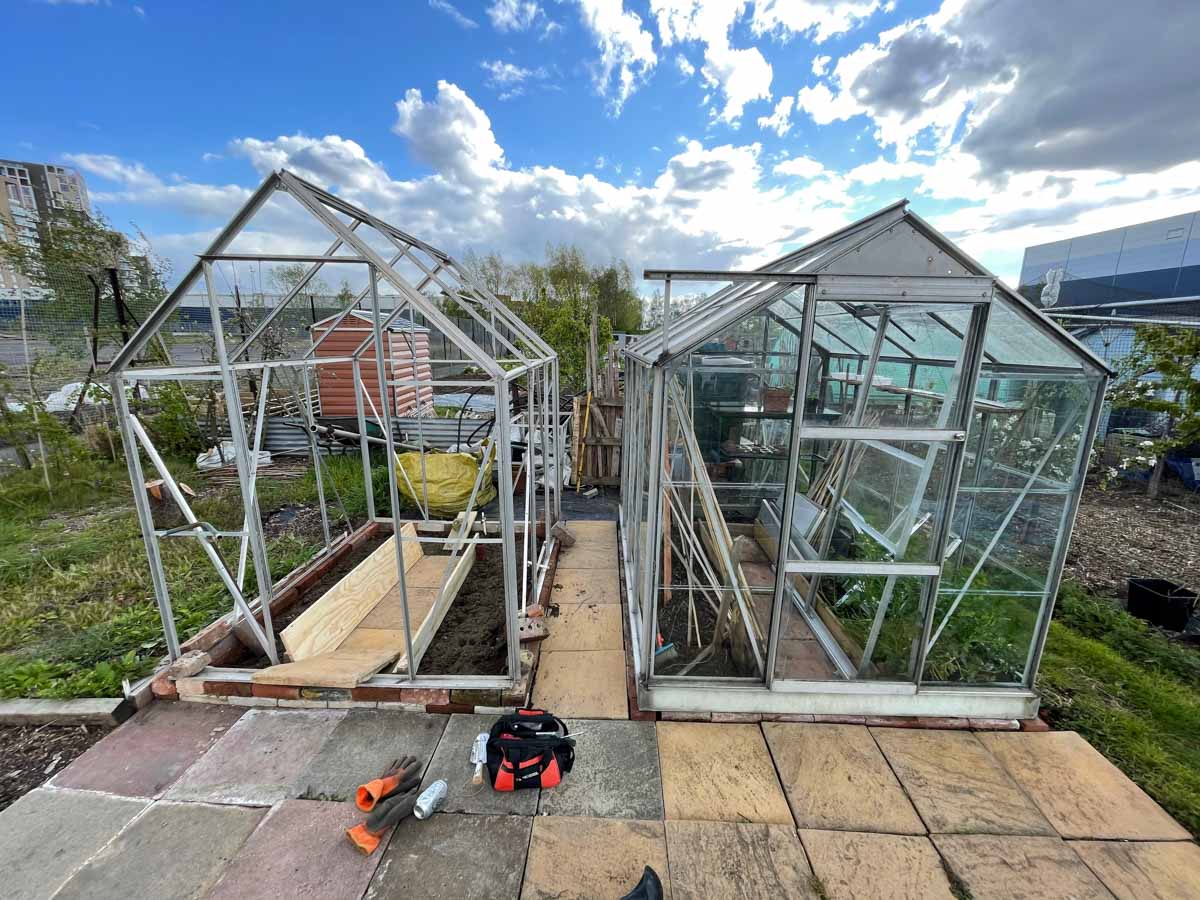
Paving stones are another popular option for greenhouse flooring. They are durable and easy to clean, and they come in a variety of colors and styles. However, paving stones can be expensive and they require regular maintenance to keep them looking their best.
Gravel
Gravel is a cheap and easy-to-install option for greenhouse flooring. It is long-lasting but it doesn’t provide much insulation. In addition, gravel can be a safety hazard if it is not properly maintained as it can be very slippery, particularly if there’s only a thin layer of it.
One of the disadvantages of using gravel for greenhouse flooring is that it can be difficult to clean.
Gravel can accumulate moisture and pests, which can be difficult to remove. In addition, the gravel can also harbour diseases that can infect your plants.
Brick
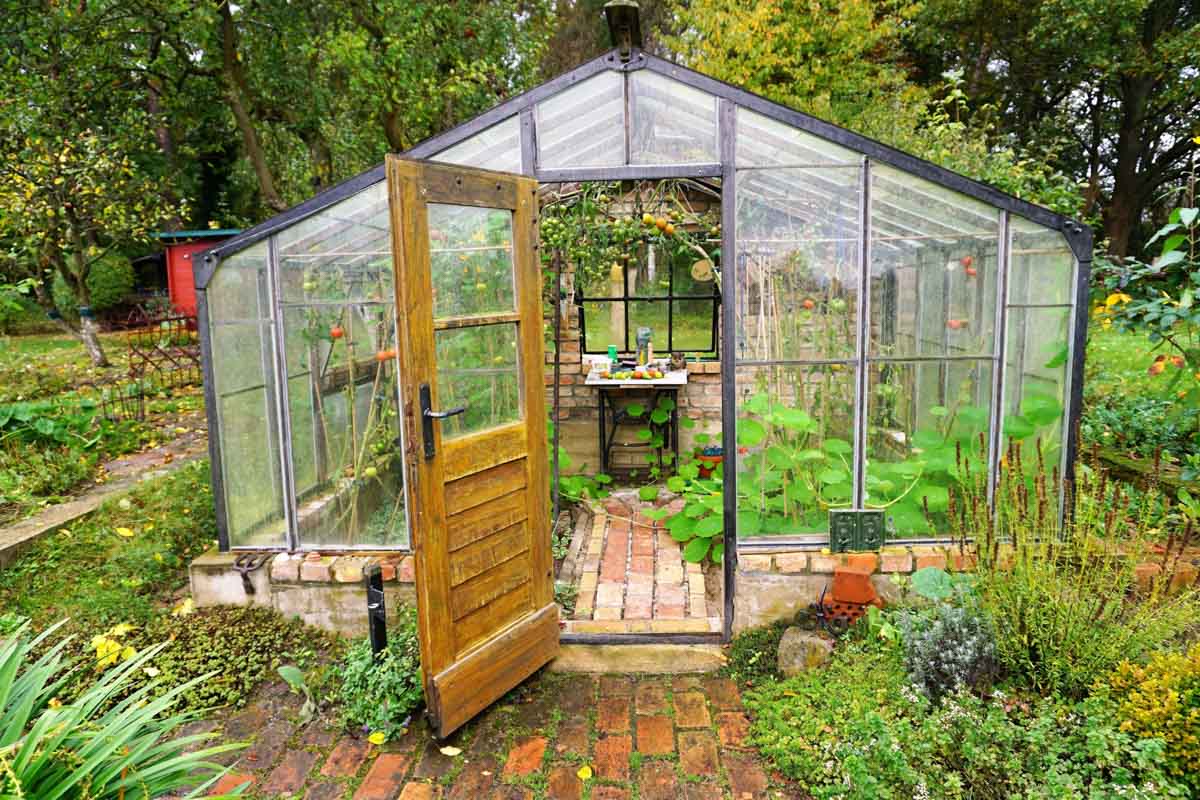
Brick is a popular choice for greenhouse flooring because it is durable and easy to clean. It also provides good insulation.
However, brick can be expensive to install and it requires regular maintenance to keep it looking its best.
Commercial Greenhouse Vinyl
Commercial greenhouse vinyl is a popular choice for flooring because it is durable, easy to clean, and inexpensive.
It is available in a variety of colors and styles, and it can be installed easily.
However, vinyl can be difficult to repair if it is damaged.
Weed Barrier Matting
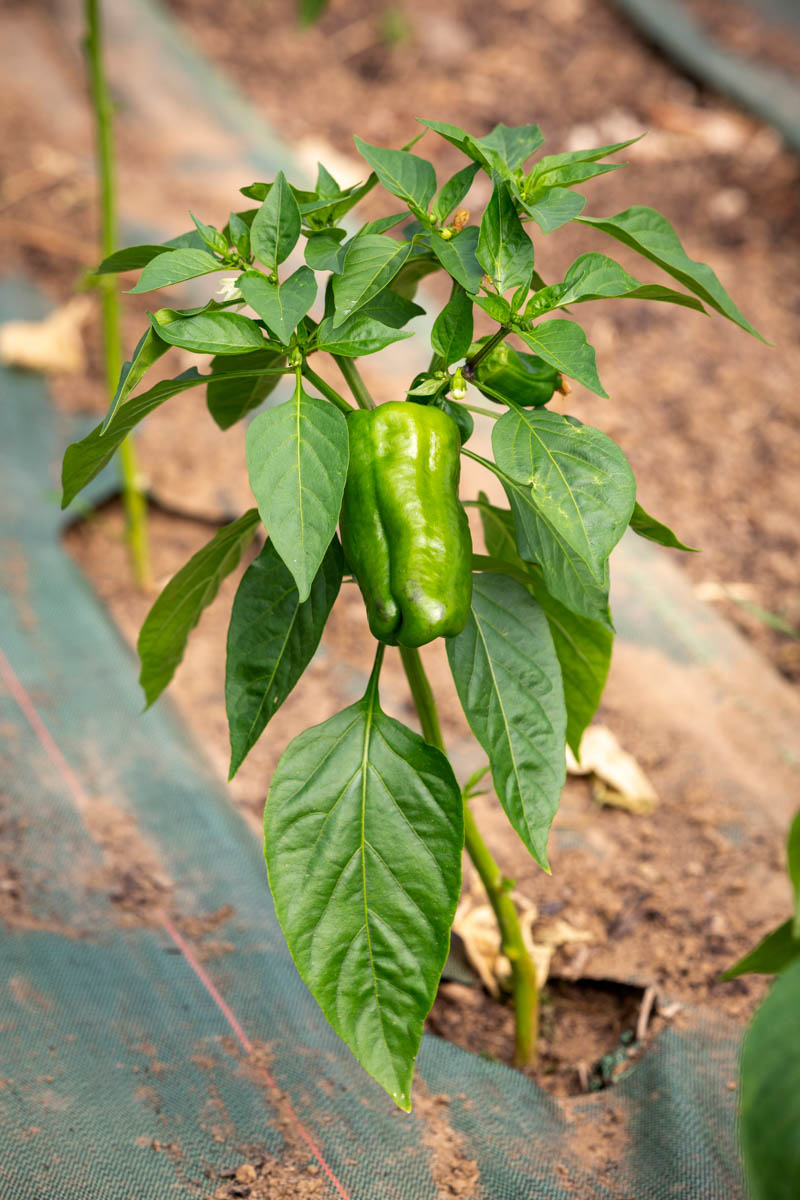
Weed barrier matting is a type of synthetic material that is used to prevent weeds from growing in a garden or landscape.
Heavy-duty weed barrier matting is a popular choice for greenhouse flooring because it is durable. It also prevents weeds from growing, which can help keep your greenhouse clean. However, weed barrier matting is not the most attractive option and can be more difficult to clean than some of the other options listed.
Landscape Rock
Landscape rock is a good choice for greenhouse flooring because it is durable and easy to clean. It also provides good insulation. However, landscape rock can be expensive to install and it requires regular maintenance to keep it looking its best.
What to Consider When Choosing Your Greenhouse Floor?
When choosing a floor for your greenhouse, there are several things to consider:
Cost
How much you are willing to spend on your greenhouse floor will play a big role in what type of flooring you choose. Concrete and paving stones are both expensive options, while gravel and mulch are cheaper alternatives.
Durability
The flooring you choose should be durable enough to withstand the rigours of everyday use. Concrete and paving stones are both very durable, while vinyl can be easily damaged if it is not properly installed or maintained.
Ease of Cleaning
The flooring should be easy to clean and maintain. Concrete, paving stones, and vinyl are all easy to clean, while weed barrier matting or mulch can be more difficult.
Insulation
The flooring should provide good insulation to keep your greenhouse warm in the winter and cool in the summer. Paving stones, brick and landscape rock provide better levels of insulation, while barrier matting does not.
Appearance
You may want the floor to be attractive and fit in with the style of your greenhouse. Paving stones, bricks and landscape rock are all available in a variety of colors and can be laid in different styles within the greenhouse.
Installation
Some options need careful installation – they can be done independently but may be best left to a professional. These include concrete, paving stones and bricks.
Drainage
The flooring should be able to drain water away so that it does not puddle on the surface.
Pests & Disease
Pests and diseases can easily build up in your greenhouse floor, so it’s important to choose a material that’s easy to clean.
Weeds
Weeds can easily take over a greenhouse if the flooring is not properly maintained, so it’s important to choose a flooring material that is resistant to weeds, or that you can clear easily.
Traction
The flooring should provide good traction to prevent slips and falls.
So Which is the Best Greenhouse Floor?
There is no one-size-fits-all answer to this question, as the best greenhouse floor will vary depending on your individual needs and budget.
However, brick, concrete and paving stones are both good options for a durable, easy-to-clean greenhouse floor, while commercial greenhouse vinyl is easier to lay but still easy to maintain.


